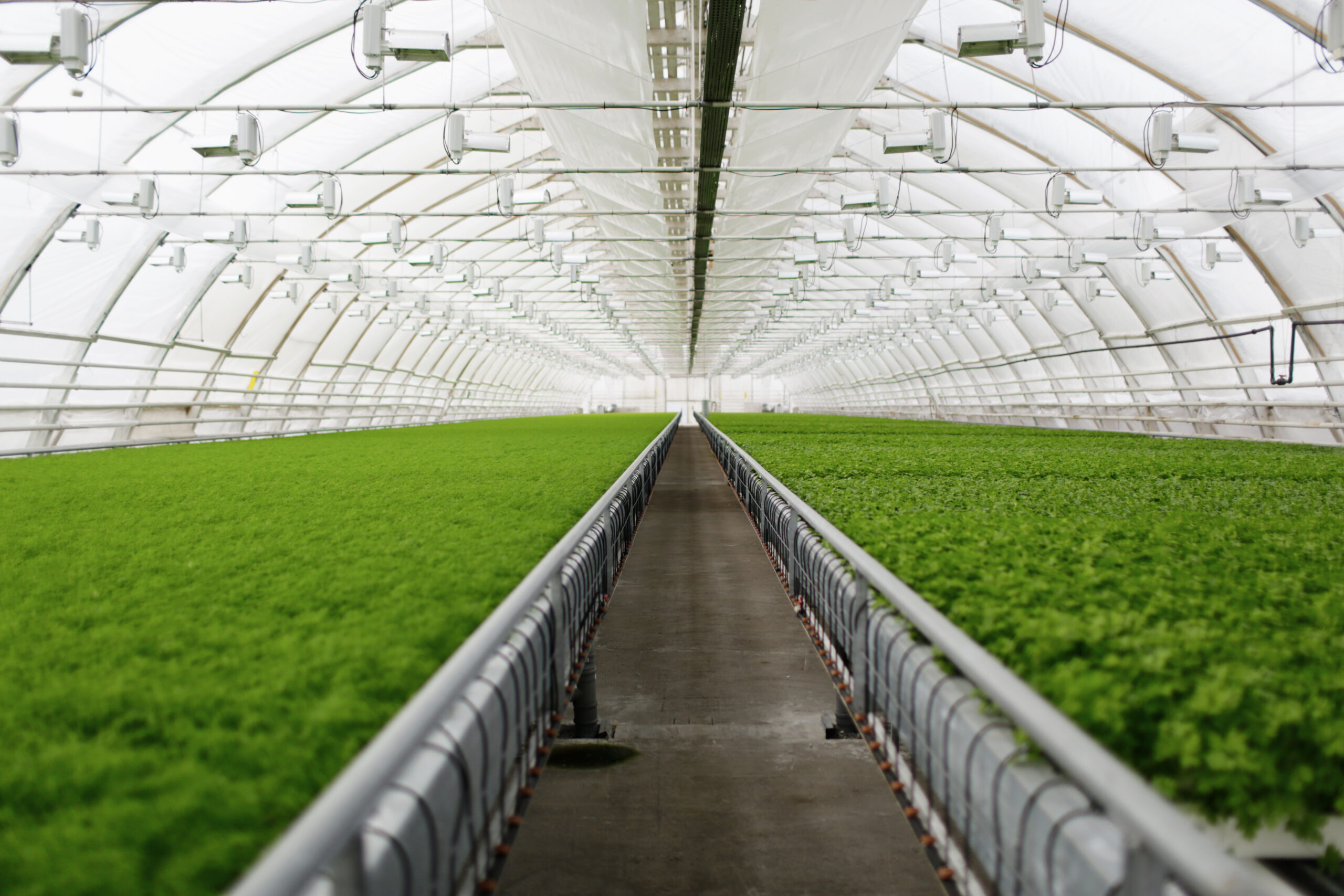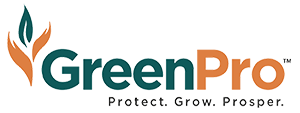Guide to Starting Greenhouse Farming with Shade Nets

Greenhouses provide a controlled environment for plants, protecting them from adverse weather conditions and allowing year-round cultivation. One essential component of greenhouse farming is shade nets. Shade nets help regulate temperature, control light intensity, and protect plants from excessive heat and harmful ultraviolet (UV) radiation.
Here are the benefits of greenhouse farming with shade nets and provide a step-by-step approach to help you get started on your greenhouse farming journey.
Benefits of Greenhouse Farming with Shade Nets:
●Temperature Regulation:
Shade nets are designed to control the amount of sunlight that enters the greenhouse, reducing heat buildup during the peak hours of the day. This helps maintain optimal temperature levels for plant growth, preventing stress and heat-related damage.
●Light Intensity Control:
By manipulating the shade percentage of the net, greenhouse farmers can regulate the amount of light reaching the plants. This is particularly important for light-sensitive crops or during periods of intense sunlight. Adjusting the shade percentage can enhance photosynthesis, promote balanced growth, and improve overall crop quality.
●Protection from UV Radiation:
Shade Nets act as a barrier against harmful UV radiation. Excessive UV exposure can lead to plant diseases, sunburn, and reduced yields. By installing shade nets, greenhouse farmers can shield their crops from excessive UV radiation and maintain a healthier growing environment.
●Pest and Disease Management:
Shade nets can act as a physical barrier, preventing the entry of pests and diseases into the greenhouse. The nets act as a protective shield, reducing the need for chemical pesticides and creating a more sustainable and environmentally friendly farming practice.
●Water Conservation:
The use of shade nets can help reduce water consumption in the greenhouse. By reducing excessive heat and evaporation, the nets minimize water loss, allowing farmers to optimize irrigation practices and conserve this precious resource.
Step-by-Step Guide to Starting Greenhouse Farming with Shade Nets:
Step 1: Selecting the Ideal Greenhouse Structure
Choosing the right greenhouse structure is crucial for successful farming. Factors such as location, available space, and budget should be considered. Evaluate various options, such as glass, polyethylene, or polycarbonate greenhouses, to determine the most suitable structure for your needs.
Step 2: Assessing Shading Requirements
Evaluate the shading needs of the crops you intend to grow. Different plants have varying light requirements, and understanding these needs will help determine the appropriate shade percentage for the nets. Factors such as the greenhouse location, climate, and the desired level of light intensity control will also influence the shading requirements.
Step 3: Selecting the Shade Net Material
Choose a shade net material that meets your specific needs. Shade Nets are available in various materials, including high-density polyethylene (HDPE) and polypropylene (PP), each with different light transmission and durability characteristics. Consider factors such as lifespan, UV stability, and resistance to tearing when making your selection.
Step 4: Installing the Shade Net System
Proper installation of the shade net system is essential for optimal functionality. Install the support structure, such as wire ropes or steel cables, to suspend the shade netting. Ensure that the system is securely anchored to withstand external forces such as wind and heavy rainfall. Seek professional assistance if needed.
Step 5: Monitoring and Maintenance
Regularly monitor the shade nets and adjust the shade percentage as needed to accommodate changes in weather conditions or plant growth. Inspect the nets for any damage and replace them if necessary. Perform routine maintenance tasks, including cleaning the nets, to ensure their longevity and effectiveness.
Step 6: Integrated Crop Management
Greenhouse farming with shade nets should be complemented by good agricultural practices. Implement integrated pest management (IPM) techniques, optimize irrigation practices, and provide proper ventilation to maintain a healthy and productive greenhouse environment.
Why choose GreenPro Ventures
Greenhouse farming with shade nets offers numerous benefits, including temperature regulation, light intensity control, UV radiation protection, and pest management. By following the step-by-step guide mentioned above, you can embark on your greenhouse farming journey with confidence.
By incorporating our shade nets into your greenhouse farming practices, you can create an optimal growing environment for your crops, enhance productivity, and contribute to a more sustainable and efficient agricultural system.
